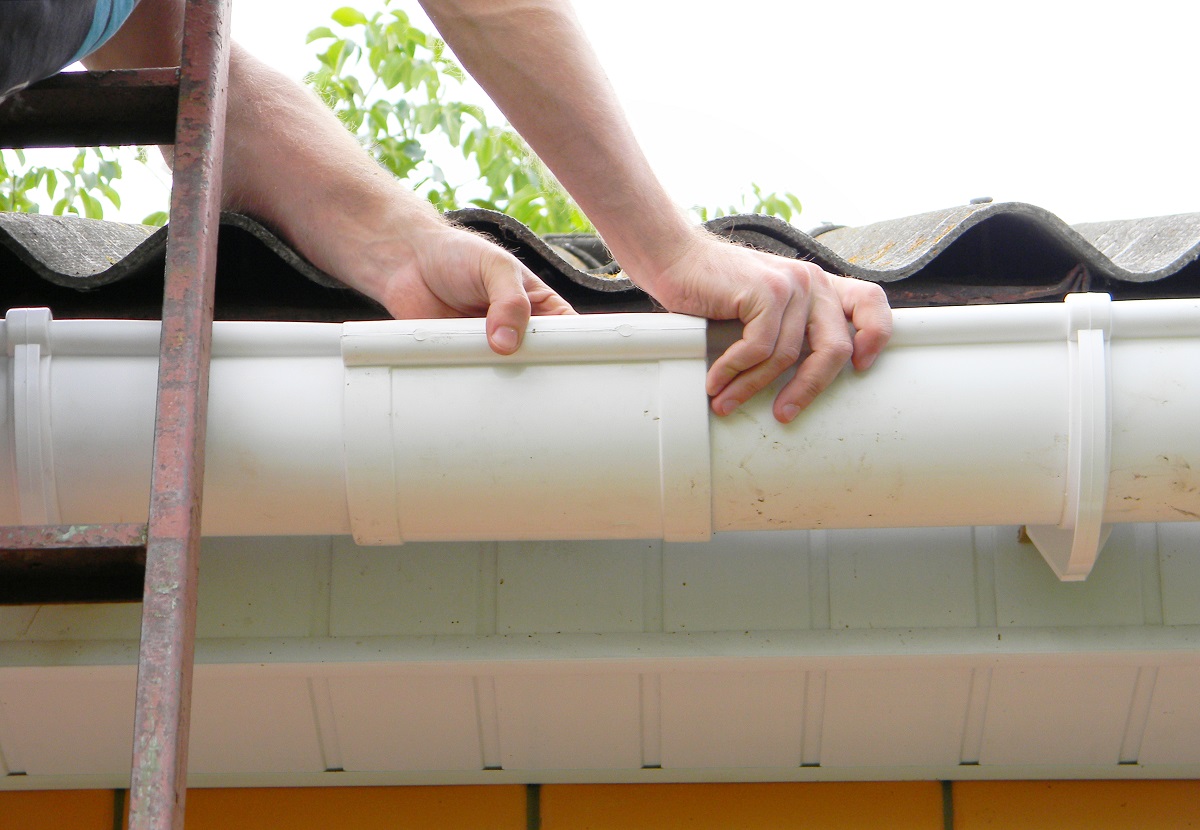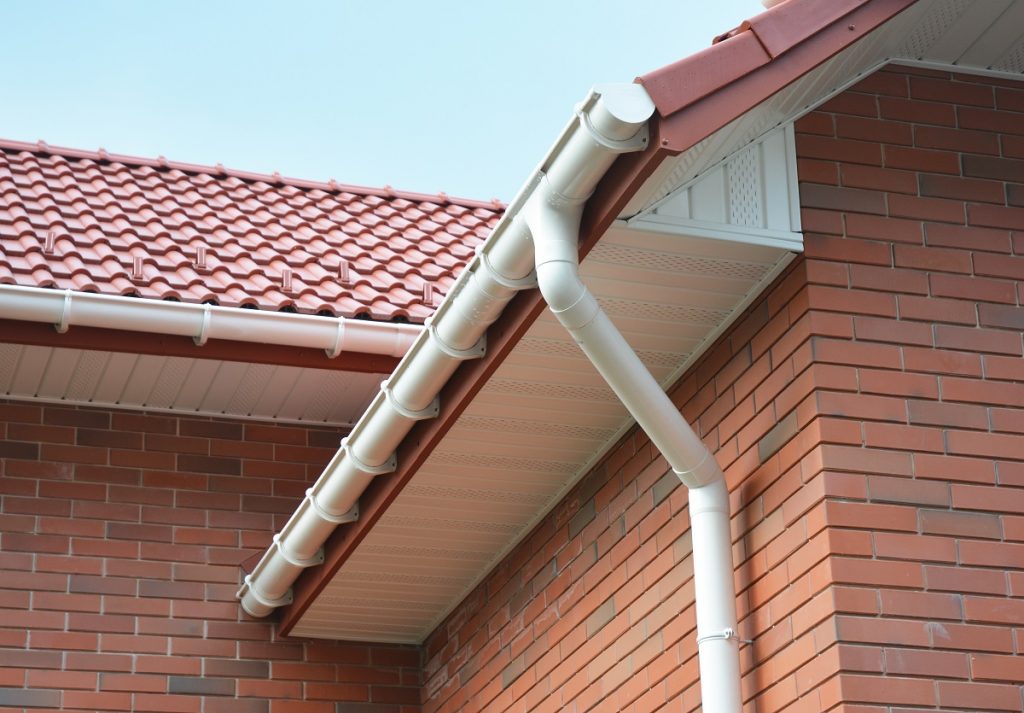Gutters might not be the most aesthetically pleasing elements in your property’s exteriors, but they are essential for its water damage protection. These channel rainwater and melted snow from your roof to the ground. The gutters have downspouts attached to their ends that funnel the water away from your property to avert basement flooding and structural damage.
At times, however, gutters and downspouts might be the primary cause of water damage. This is often the case when gutters comprise too many joints that weaken and contribute to leaks. Thankfully, using seamless rain gutters will minimize this risk on your property.
Downspouts that are too short and near the foundation of your property might also cause water damage. This is because they contribute to the pooling of water around your structure. Professional contractors have several alternatives for extending your downspouts to ensure the water drains as far away from your foundation as possible. Here are some of these options.
Using a Splash Block
A splash block can be placed directly below your downspout. It directs water from your house onto a lawn. Splash blocks are ideally used with removable downspouts that will allow property owners to move them when needed. They are, however, not the ideal solutions in areas that handle considerable foot traffic. This is because they ordinarily limit walking access to the areas.
Attachment of a Roll-Up Sleeve
Roll-up sleeves are an ideal choice for extending downspouts in places that should remain uncluttered. They snugly fit the ends of downspouts. When water drains from your gutters, the sleeves will unroll and channel it away from your structure’s foundation. The sleeves automatically roll back up when water stops draining from your roof.
Installation of a Hinged Elbow
The swing-up elbow is also an ideal alternative in places that should remain open. The elbow can be flipped up out of your way when necessary. It will then be flipped back to the ground to allow the draining of water away from your foundation when the roof drains. It might, however, prove inconvenient to flip the elbow up and down. Gutter contractors usually allow you to leave the elbow down if their installation area is not frequently used.
Adding Underground Downspouts
The installation of an underground downspout is quite complicated. The process involves the cutting out and removal of sod. This allows the burying of a flexible or rigid pipe extension. A trench with a depth of about six inches is then dug to channel water in the right direction. After replacing the sod, the area of installation for the underground downspout is left with no projections that might impede movements.
A Final Word

The above downspout extension methods are in no way maintenance-free. You should invest in periodic professional maintenance of the extensions used for your property. This ensures the extension remains properly positioned and is obstruction-free. Some property owners see no need for professional downspout extension maintenance. Fiddling with the extensions on your own might decrease the length of your extension and cause water to drain too close to your property’s foundation. It is better to hire someone to do it right than spend more o

